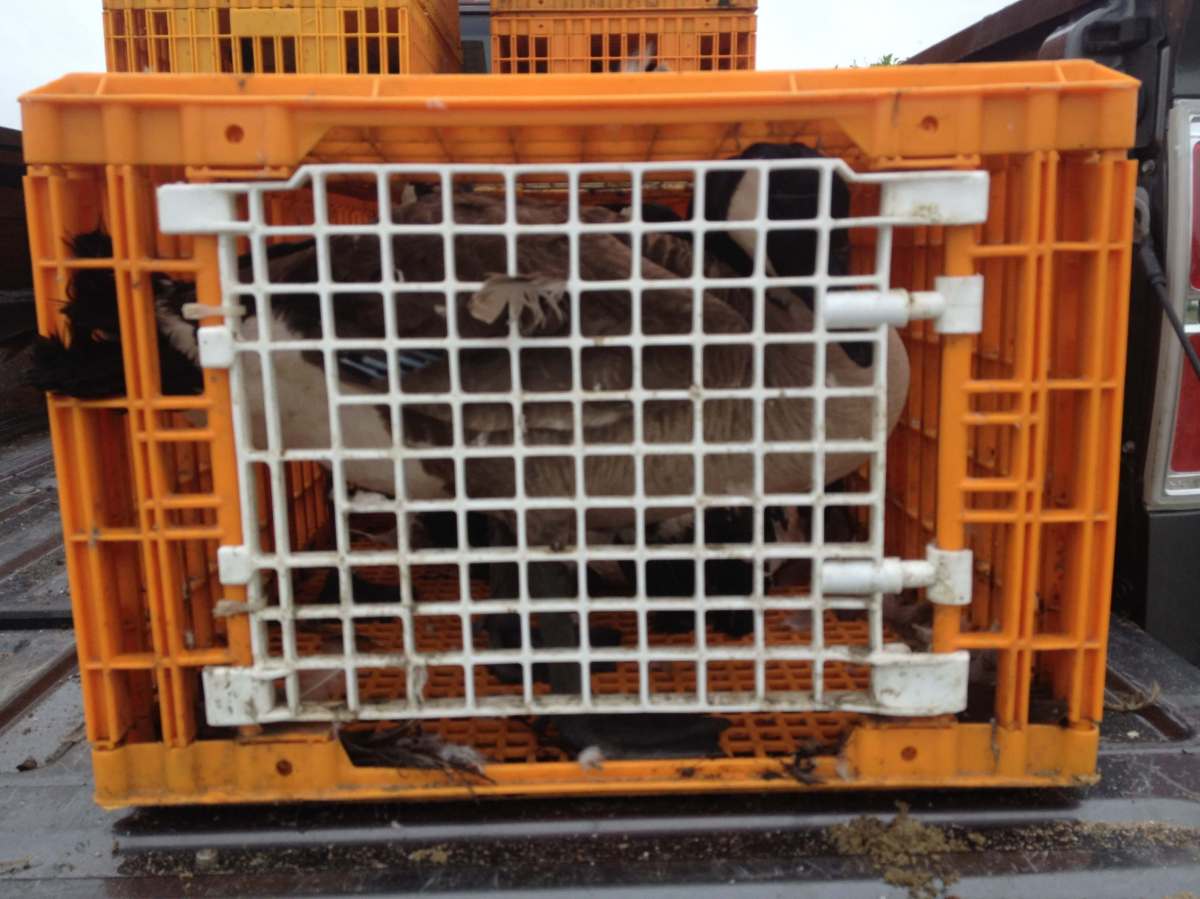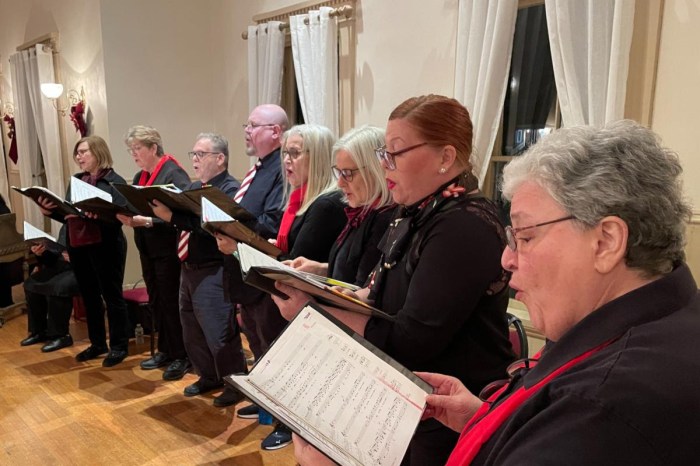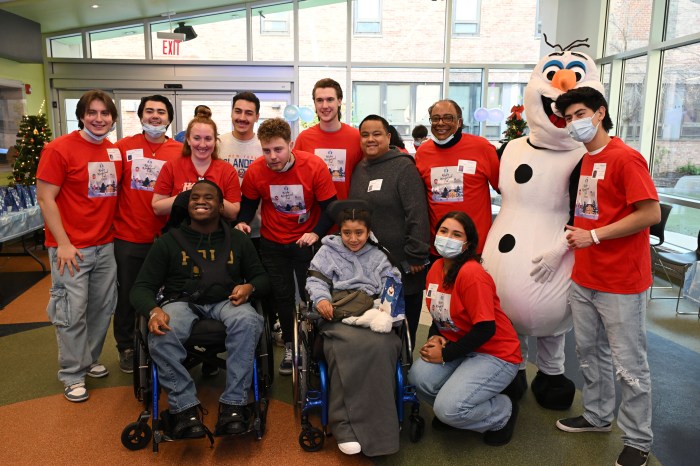Fort Totten Park is a beautiful peaceful refuge for Jennifer Heinsman as she is roller-skating or taking a walk down to the bay in the early morning hours. However, that bliss has since changed for Heinsman after witnessing the rounding up of geese stuffed into orange crates by USDA Wildlife Services officials on June 24.
A frequent visitor of the park at least three times a week, Heinsman said she will no longer be returning to Fort Totten.
“It was one of the most horrific things I have experienced,” said Heinsman, who has been living in the Bayside community for over 25 years. “I was so livid and appalled. There were multiple geese crammed into the crate and the geese were petrified and flailing; they were severely distressed.”
While skating in the parking lot at around 6 a.m. before heading out to the trail, Heinsman said she noticed three USDA trucks, a police truck, another from the Parks Department and kayakers in the water.
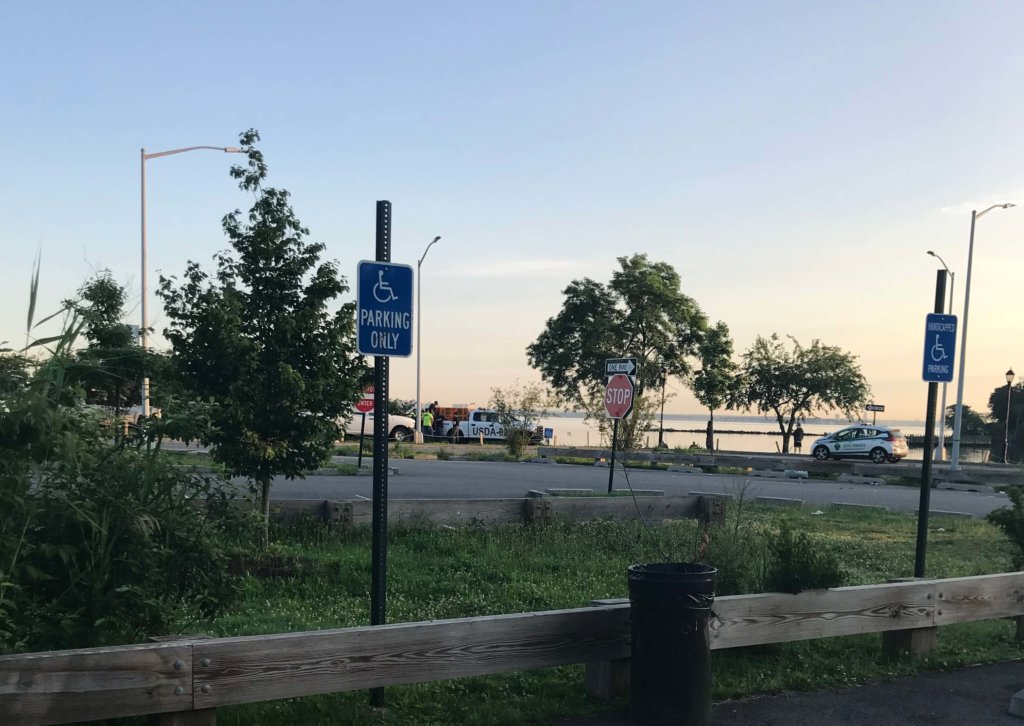
When Heinsman approached one of the six men, she was told that the geese were being taken to the processing center to be fed to the homeless.
“I said, ‘Who’s doing this?’ and he told me, ‘This is JFK [Airport].’ In my mind I’m thinking, they’re rounding up the geese for slaughter,” said Heinsman, a licensed veterinary technician for 22 years who has seen abuse and neglect of animals, describing the crating and transporting of the geese cruel and inhumane.
The continuous removal of geese throughout city parks and areas around the local airports began as an effort to prevent accidents such as the 2009 “Miracle on the Hudson,” in which U.S. Airways Flight 1549 out of LaGuardia struck Canadian geese during takeoff, blowing out the plane’s engines. The pilot, Captain Chesley Sullenberger, was forced to make an emergency landing on the Hudson River; no one was killed.
The geese were DNA tested by the Smithsonian Institute and determined to be migratory birds from northern Canada, flying at 3,000 feet altitude when the infamous incident occurred. Nevertheless, thousands of local geese which never migrate or fly high have been killed in New York City every summer by USDA Wildlife Services, according to David Karopkin, founder and former director of GooseWatch NYC, a group formed in 2011 following the removal of geese at Prospect Park in Brooklyn.
Canada geese have also been removed from the Jamaica Bay Wildlife Refuge, a swamp marshland off the coast of Queens, according to Karopkin, who says the USDA has a contract with the Port Authority of NY/NJ to access city parks and remove the geese. The geese are then taken to a facility slaughterhouse located in upstate New York, said Karopkin.
The FAA Wildlife Strike Database reported its largest margin (25 percent) between 2008 (7,602) and 2009 (9,474) and has continued increasing to date. On average, 39 strikes are reported daily — 97 percent are birds, 2 percent are terrestrial mammals and 1 percent are bats and reptiles. The online database contains over 209,000 strike reports between Jan. 1, 1990 and Nov. 30, 2018.
The Port Authority works diligently to develop mitigation plans to manage risk and minimize the possibility of potentially devastating bird strikes, according to the department.
In an email to QNS, the Port Authority said the agency is not just focused on the safety of the traveling public, but also the safety of communities that surround its facilities, specifically the airports where planes soar above densely populated areas.
The agency’s Airport Wildlife Hazard Management Plan is in compliance with the Federal Aviation Administration’s requirements and recommendations for managing wildlife on and off-airport.
“To increase safety of the approach and departure airspace, the Port Authority also coordinates with the USDA and the city to mitigate wildlife hazards within a five-mile radius of the airport,” the Port Authority said.
Following the plane crash in the Hudson River, the National Transportation of Aviation Safety Board issued a comprehensive 200-page report with 33 specific recommendations to the FAA to prevent bird strikes and to enable pilots and other aviation officials to be able to respond to bird strikes, said Karopkin.
Instead of removing and slaughtering the geese, Karopkin said there are other alternatives such as adopting radar technology at airports to monitor migrating birds in the area. Upon hearing the news of the geese roundup at Fort Totten Park by Heinsman, Karopkin became upset, he said.
“I would hope to live in a city that can coexist with all of the wildlife that we’re so fortunate to share space with,” said Karopkin. “We have 8 million New Yorkers with an extremely dense environment. We’re talking about a small number of animals and it’s tragic that our elected officials and government have determined the need to be reduced and exterminated.”
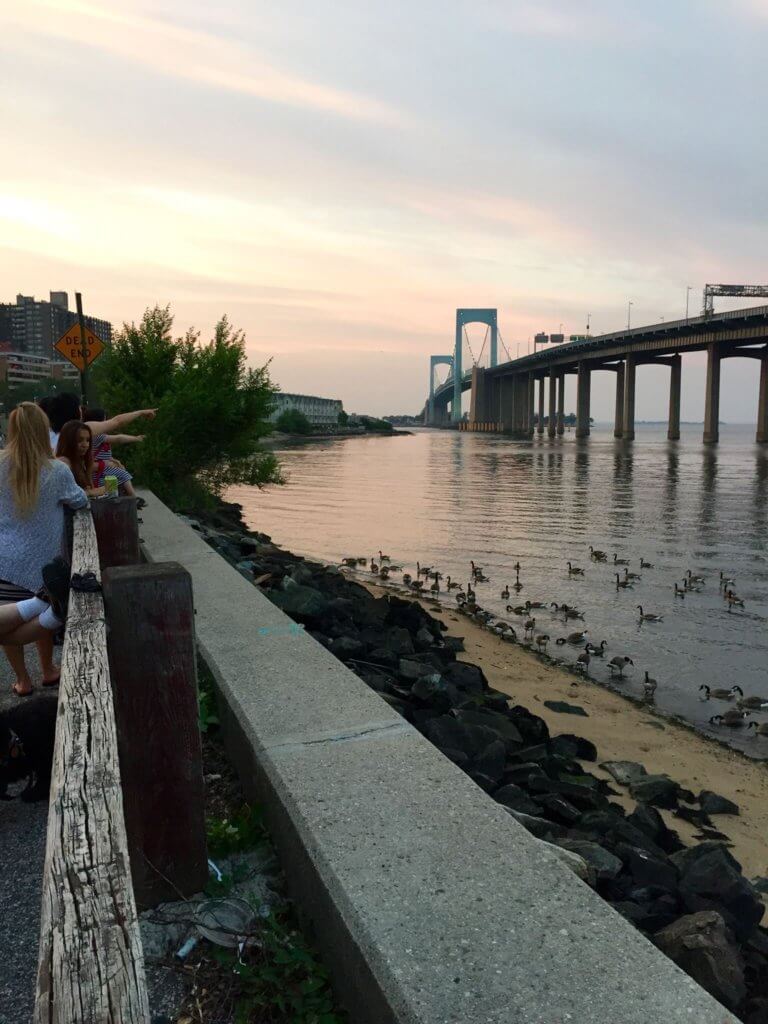
Heinsman suggested relocating the geese elsewhere and has made phone calls to various animal rights organizations about the incident.
“I understand the safety. I’m for the safety of humans, but birds and geese, it’s their God-given right to fly and the sky is their territory,” said Heinsman. “Either collect them or relocate them, or implement some kind of technology for the airports. I mean we’re in Bayside and we’re not even near the airports. You can’t assume these geese will take flights over there.”
Heinsman added, “I just hope that it can be made more aware because I truly feel if more people knew what was happening, especially in the Bayside area, that something could be done because I feel like not enough is being done to stop the geese from being slaughtered.”

